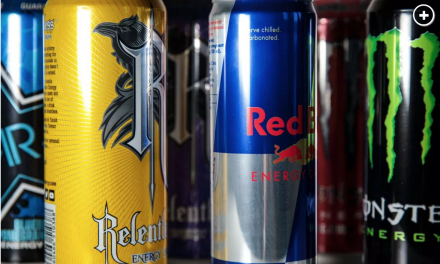A new study has found that people may be absorbing toxic industrial chemicals, PFAS to be exact, from some brands of dental floss. Published on Tuesday in the Journal of Exposure Science & Environmental Epidemiology, the study found that “women who said they flossed with Oral-B Glide floss had higher levels of a PFAS called perfluorohexane sulfonic acid (PFHxS) in their blood than those who didn’t.”1 (Studies in people have linked PFHxS to liver damage and a decreased immune response.)
The survey included 178 women, 87 of whom were black and 91 who were non-Hispanic whites.
Katie Boronow, a staff scientist at the Silent Spring Institute in Newton, Massachusetts, who was part of the study, insists this is not about fear or encouraging people to stop flossing. Rather, it’s about choosing – and demanding (in my opinion) – safer products.
Scientists have apparently known for a while that PFAS are used in Glide but these findings suppest that this is a much more important issue:
“In addition to looking at the women’s blood levels, the researchers analyzed the chemical makeup of 18 types of dental floss. Six tested positive for fluorine, an element that they said indicates the presence of PFAS compounds. Those products were CVS Health EaseBetween SuperSlip Dental Floss Waxed, Oral-B Glide Pro-Health Mint and Glide Pro-Health Original, Crest Glide Deep Clean Cool Mint Floss, Safeway Signature Care Mint Waxed Comfort Floss, and Colgate Total Dental Floss Mint.”2
A P&G spokesperson said, “The safety of the people who use our products is our number one priority. Our dental floss undergoes thorough safety testing and we stand by the safety of all our products.”3And a spokesperson for CVS Pharmacy said the company was committed to “assuring that the products we offer are safe, work as intended, comply with regulations and satisfy customers.”4 They plan to review the study and contact the product supplier.
PFAS compounds can be found in many consumer products:
- Teflon and nonstick cookware
- waterproofed shoes and clothes
- carpet
- upholstery
- some types of food packaging
- firefighting foams used at airports and military bases
But the dangerous chemical isn’t just in the products we use; the Department of Defense has identified 126 sites near military bases with PFAS in their drinking water sources and dozens of municipalities near chemical factories that once made PFAS products are finding the compounds in the public water systems.5
RELATED STORY:
The goal of the study was to get a clearer idea of how people absorb the chemicals because Boronow says “Aside from people who have contaminated drinking water or are exposed to PFAS chemicals at work, we don’t know what the most important sources of exposure are.”6
SOURCE:











